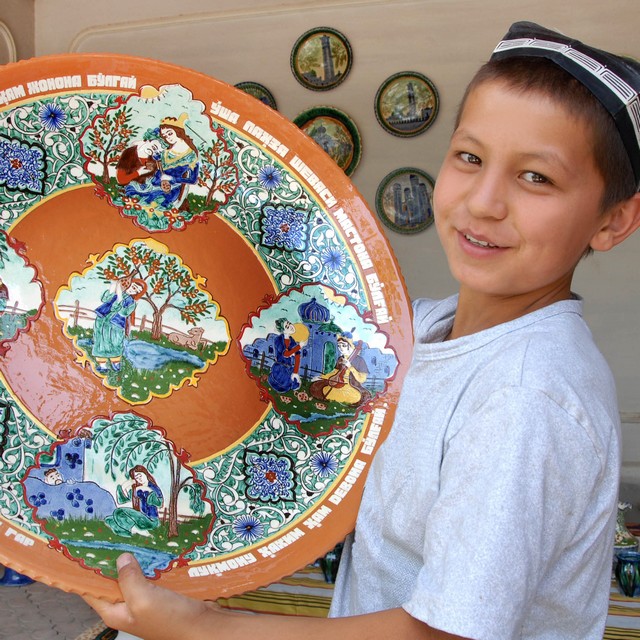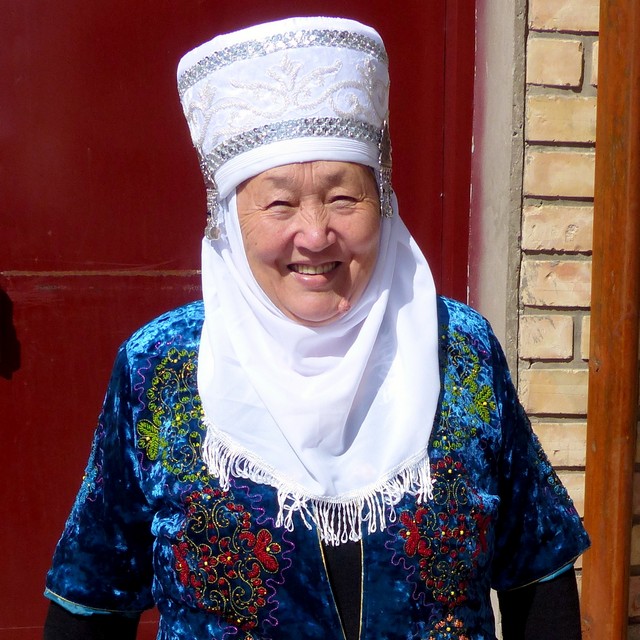
Five Stan Odyssey (along the Silk Road)
Turkmenistan, Uzbekistan, Kyrgyzstan, Tajikistan, Kazakhstan
Culture | Silk Road
Get under the skin of all five 'Stans'
£5,795 pp
This is the per person group tour price, based on 2 sharing. The price is subject to change with exchange rate and flight cost fluctuations.
30 days
2025:
30 August
2026: 26 April, 29 August
More
2026: 26 April, 29 August
